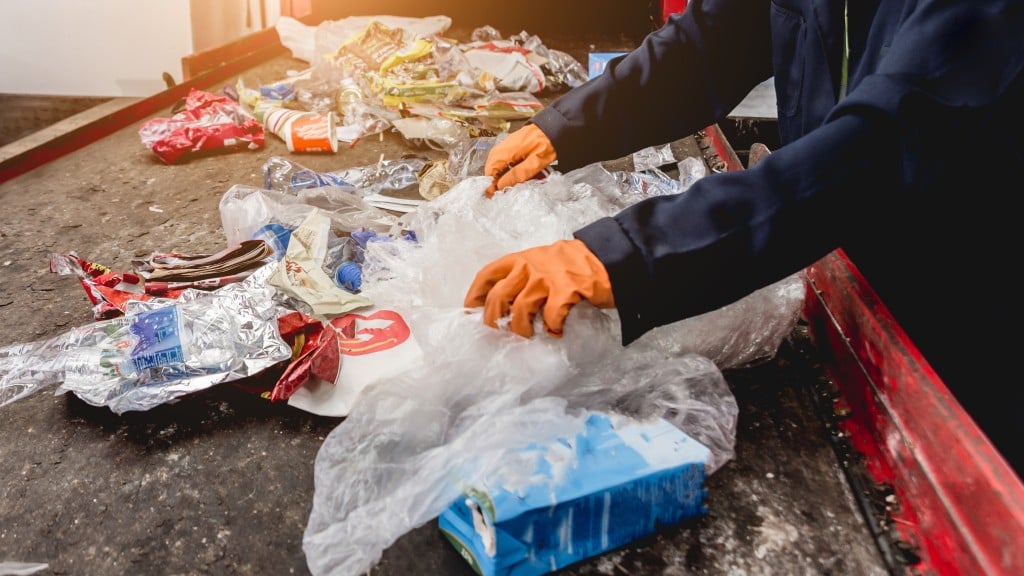
Canada Plastics Pact has released guidance that will support Canadian businesses in adjusting packaging design to contribute to a plastic packaging circular economy. Tailored to Canadian businesses that are implementing the Golden Design rules for plastics packaging, this context-specific guidance is publicly available through a new microsite.
Canadian organizations are united on the vision for a circular economy in plastic packaging. Canadian companies, including 20 Canada Plastics Pact partners, have already signed on to 50 percent or more of the Golden Design rules. This is a growing network of Canadian organizations that are voluntarily choosing to commit to the individual Golden Design rules that are most relevant to their packaging portfolios.
The Golden Design rules for plastic packaging were developed by the Consumer Goods Forum's Plastic Waste Coalition of Action, and they outline specific design changes aligned with globally recognized technical guidelines and targets laid out in the Ellen MacArthur Foundation's New Plastics Economy Global Commitment. In Canada, the implementation of the Golden Design Rules is being led by the Canada Plastics Pact, which is part of the Ellen MacArthur Foundation's Global Plastics Pact network.
The nine Golden Design rules are voluntary, independent, and time-bound commitments that provide a clear framework to drive innovation and scalable actions that will result in less plastic packaging overall and easier to recycle plastic packaging by 2025.
The Golden Design rules address a root cause of why plastic packaging ends up in nature: the complexity of plastic recycling. Plastic recycling is complicated by poor packaging design, the inclusion of problematic materials, the presence of excess packaging, and the low commercial value of post-consumer recycled content.
It is clear that plastic waste is no longer viable: the future of plastics is circular. Creating a circular economy for plastics packaging requires systems change and collaboration from all parts of the plastics value chain. Canada Plastics Pact is facilitating this collaboration, and the new Canadian guidelines for the Golden Design rules reflect Canada Plastics Pact's role as a platform for plastics action in Canada.



